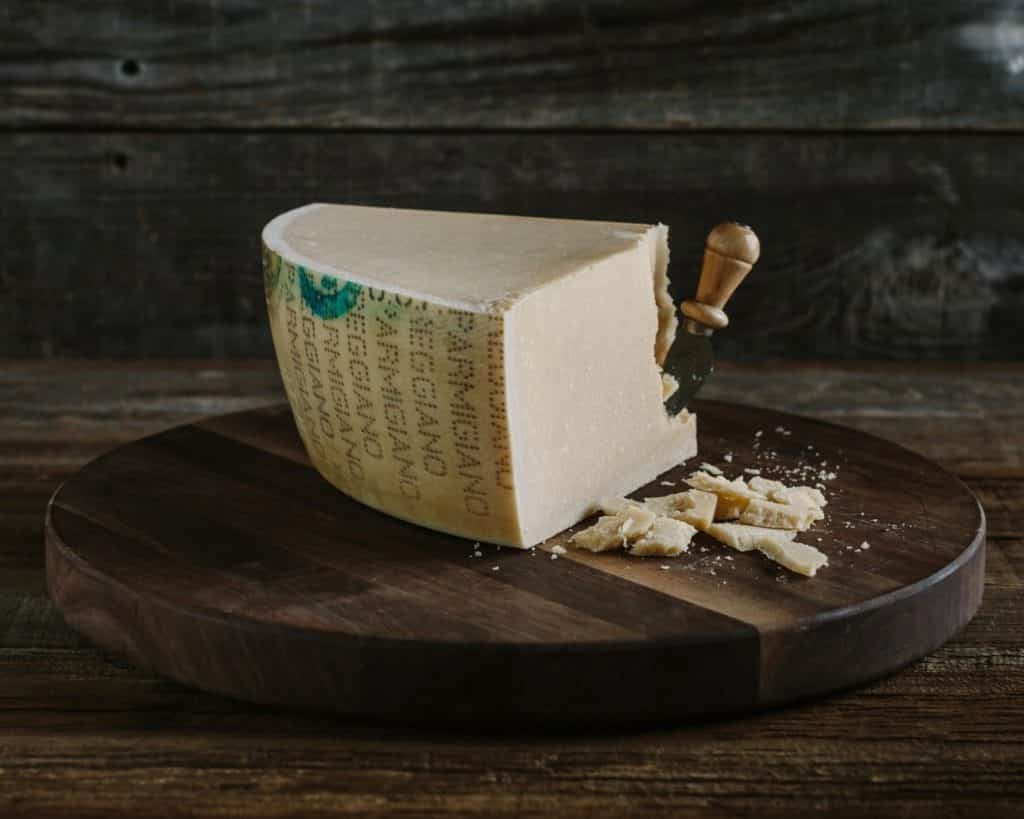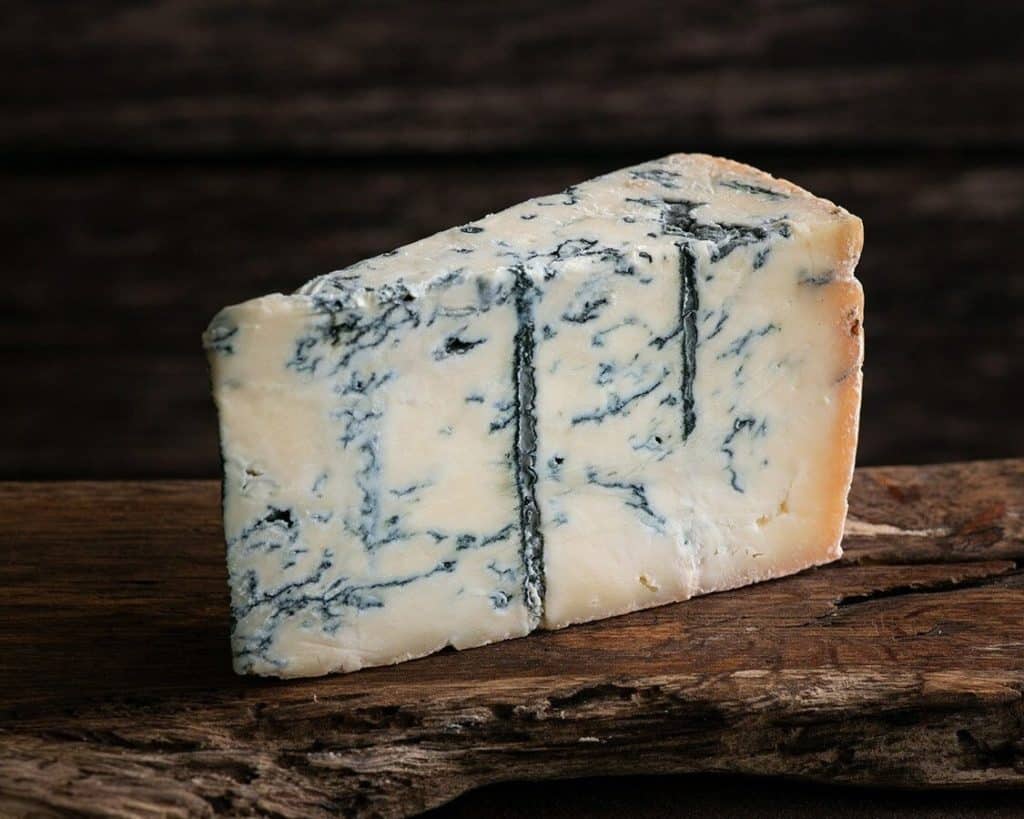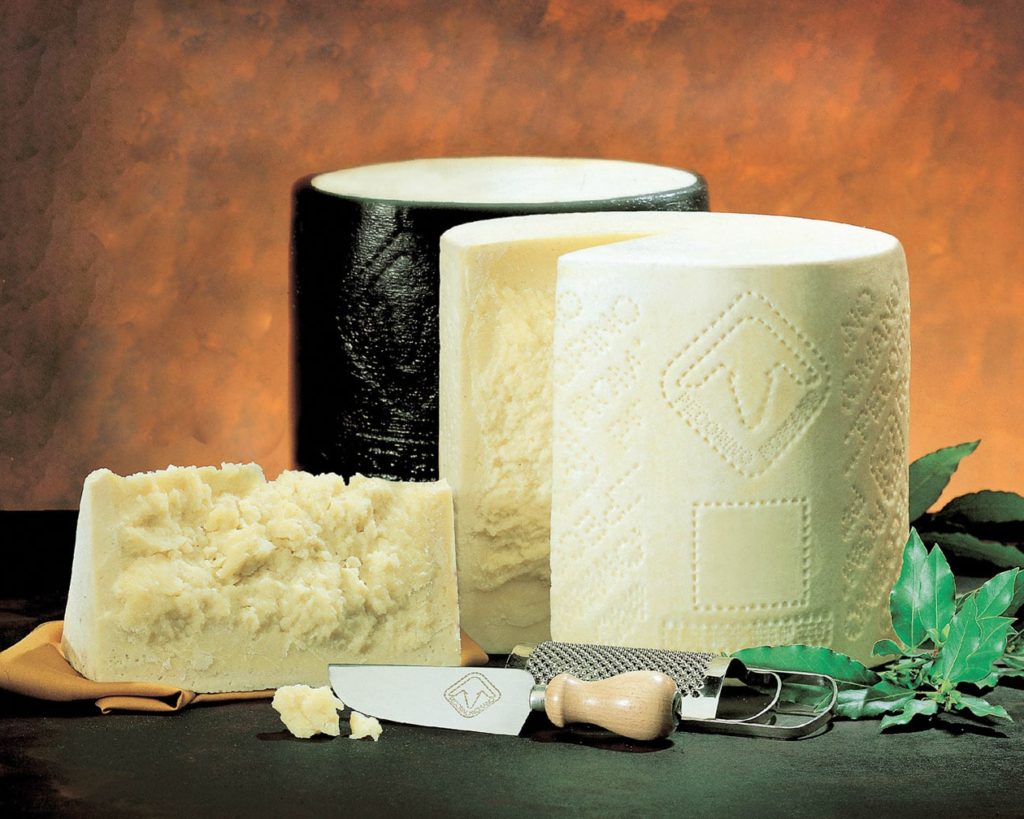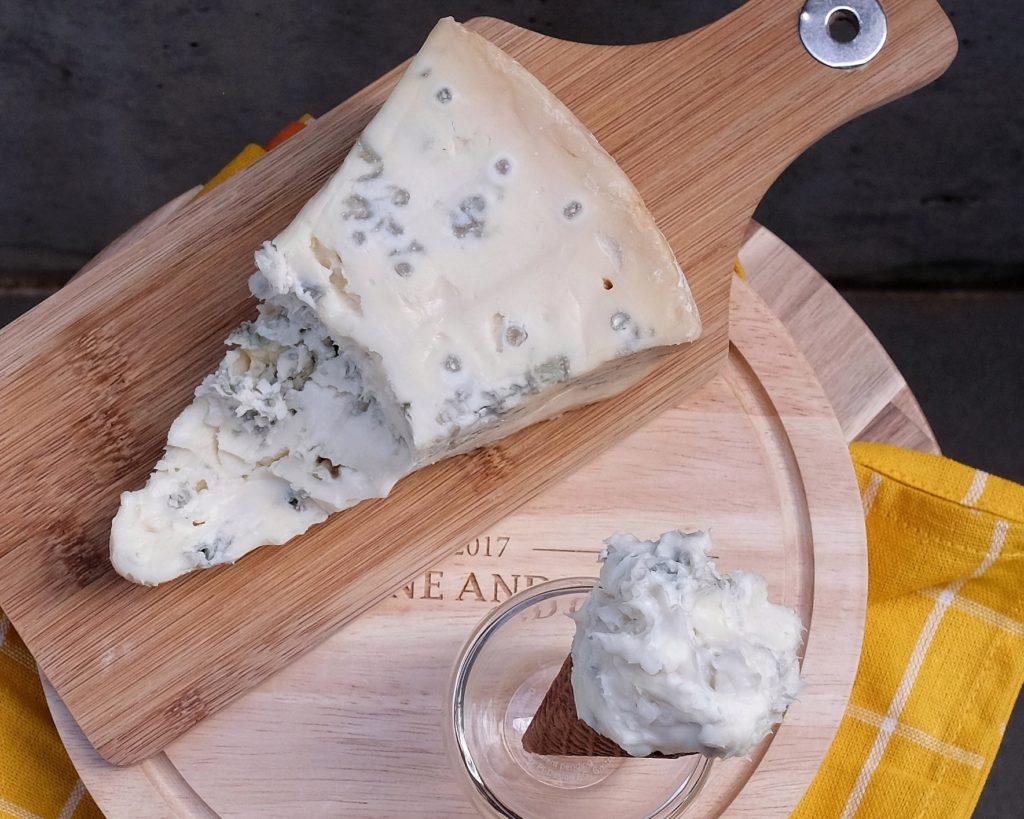Grana Padano is a hard Italian cheese that is popular all over the world. Known for its nutty flavour and granular texture, this versatile cheese is used in a wide range of dishes, from pasta to risotto to salads. In this blog post, we will explore the origins, production methods, flavour and pairings for Grana Padano cheese.
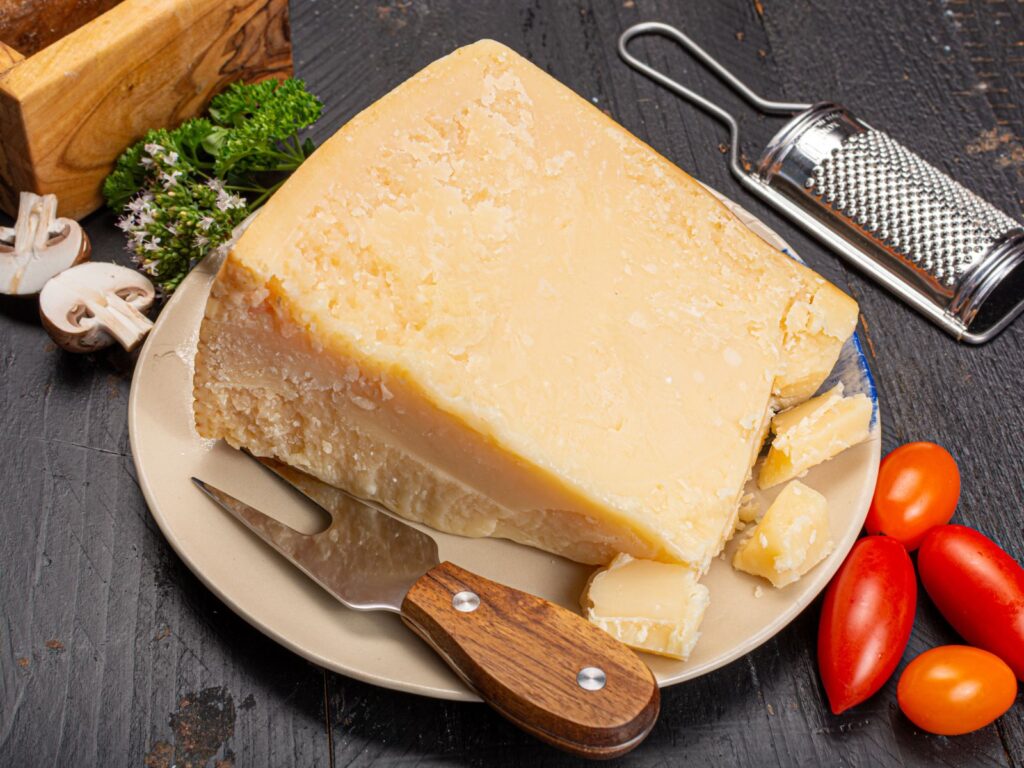
What is Grana Padano?
Grana Padano cheese originates from the Po Valley region of northern Italy. It is believed to have been first made by monks in the area in the 12th century, who were looking for a way to preserve surplus milk. Over time, this pressed cooked cheese became a staple of Italian cuisine, and today it is one of the most popular cheeses in the world.
Grana Padano cheese has a long and storied history. Indeed, its first mentions in writing date to the 13th century, and by the 16th century, it had become a popular cheese in Italian markets. In 1996, the European Union granted Grana Padano a protected status under law. As a result, cheesemakers who want to use the name have to meet specific criteria for origin and production.
How is Grana Padano made?
Presently, production takes place in several regions of northern Italy, including Lombardy, Piedmont, Emilia-Romagna, Trentino-Alto Adige, and Veneto. These regions are known for their lush pastures, which provide ideal grazing conditions for the cows that produce the milk for this famous cheese.
Moreover, licenced cheesemakers use partially skimmed cow’s milk that is heated and curdled using rennet. Then, they cut the resulting curds and drain them. And then the cheese is moulded and aged for several months. During the ageing process, an affineur brushes and turns each wheel of cheese regularly to develop its distinctive flavour and texture.
Flavour profile
Grana Padano cheese has a hard, granular texture and a nutty, savoury flavour. Its aroma is mild and slightly sweet, with notes of caramel and toasted nuts. Typically, affineurs will age their wheels for 12-24 months. But sometimes, they mature selected wheels for even longer periods of time for a more intense flavour.
Serving guide
Without a doubt, this is an incredibly versatile cheese that pairs well with a wide range of foods. Italians commonly grate this hard cheese over pasta dishes and risottos. But it also works well in salads and sandwiches. Besides, you will want to pair this Italian wonder with a local full-bodied red wine, such as a Chianti or a Barolo.
Alternatives to Grana Padano
If you’re looking for alternatives to Grana Padano cheese, there are a few other hard Italian cheeses that you might enjoy:
Parmigiano Reggiano – this cheese is very similar to Grana Padano, but it has a slightly more complex flavour and a more crumbly texture.
Pecorino Romano – this cheese is made from sheep’s milk and has a sharp, salty flavour. It is commonly used in pasta dishes and salads.
Asiago – this cheese is also made from cow’s milk and has a similar texture to Grana Padano, but it has a milder flavour with notes of butter and nuts.
Conclusion
Grana Padano cheese is a delicious and versatile Italian cheese that is enjoyed all over the world. Its nutty flavour, granular texture, and mild aroma make it a favourite of cheese lovers everywhere.
Whether grated over pasta or enjoyed on its own, Grana Padano cheese is a must-try for any cheese connoisseur.
Thank you for reading
Thank you for reading this post about yet another amazing artisanal cheese. Have you tried this cheese before? Drop us a comment below with your thoughts.
If you enjoy learning about new cheeses, you can subscribe to our newsletter below. You will hear from us about once a week as we share new cheese profiles with you.
Finally, keep scrolling to find some more cheeses and recipes that have been recommended for you. Keep it cheesy!
